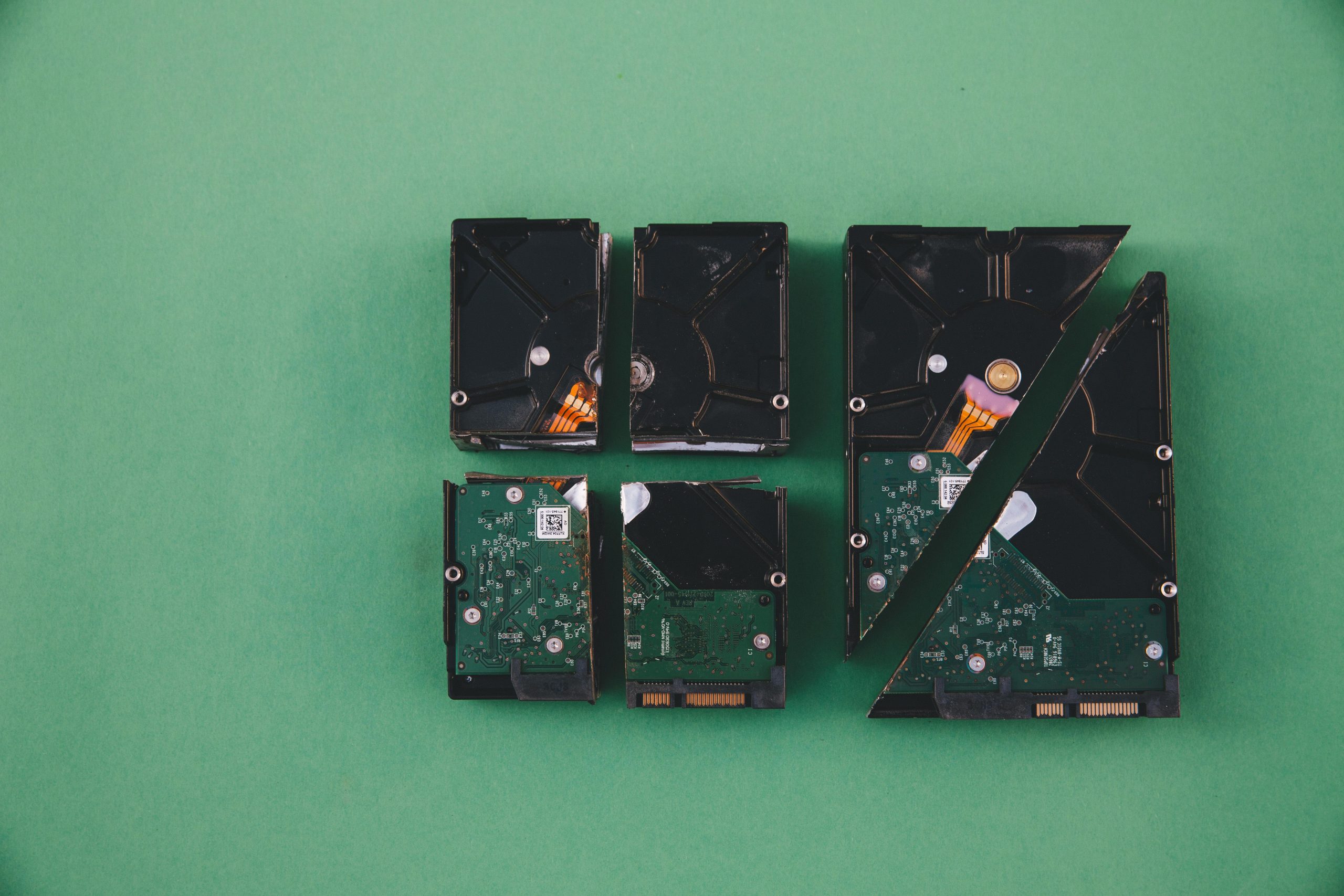Understanding Boot Dependencies When Installing Windows on an SSD with an HDD Present
Introduction
Upgrading or replacing core components like your motherboard and CPU can sometimes lead to unexpected system behavior, especially concerning boot processes. A common scenario involves installing Windows on a solid-state drive (SSD) while having a secondary hard disk drive (HDD) connected. Sometimes, users notice that even though Windows resides on the SSD, the system refuses to boot if the HDD is disconnected. This issue can be perplexing and is often rooted in how Windows manages its boot configuration and bootloader files.
The Issue Explained
In this particular case, the user has installed Windows on the SSD (designated as drive C:) and also has a secondary HDD (drive D:). The key problem is: “If I disconnect the HDD, my system refuses to boot,” despite the OS being on the SSD. Typically, for an optimal configuration, the system should boot solely from the SSD, with the HDD as additional storage. When the system depends on the presence of the HDD to boot successfully, it suggests that crucial boot files or configurations may have been inadvertently stored on the HDD.
Potential Causes
-
Boot Files Located on the HDD: During Windows installation or subsequent updates, bootloader files such as the BCD (Boot Configuration Data) may have been placed on the HDD rather than the SSD. This means the system relies on the HDD to access the necessary boot information.
-
Incorrect Boot Order or Partition Configuration: The BIOS may be set to boot from the HDD first, or the boot partition on the SSD may not be properly marked or configured.
-
Legacy vs. UEFI Mode: Mismatches between UEFI and Legacy BIOS modes during installation can cause boot dependencies to shift between drives.
Steps to Diagnose and Resolve
- Verify Boot Device Priority:
- Enter BIOS/UEFI settings.
-
Ensure that the SSD is set as the first boot device.
-
Check the Bootloader Location:
- Use Windows Recovery Environment or a Windows installation media to access Advanced Startup Options.
- Open Command Prompt and run
diskpart:
diskpart
list disk
select disk X (select the SSD)
list partition -
Identify the System Reserved or EFI partition on the SSD.
-
Rebuild the Boot Configuration Data (BCD):
- From the command prompt in recovery mode, execute:
Share this content:

